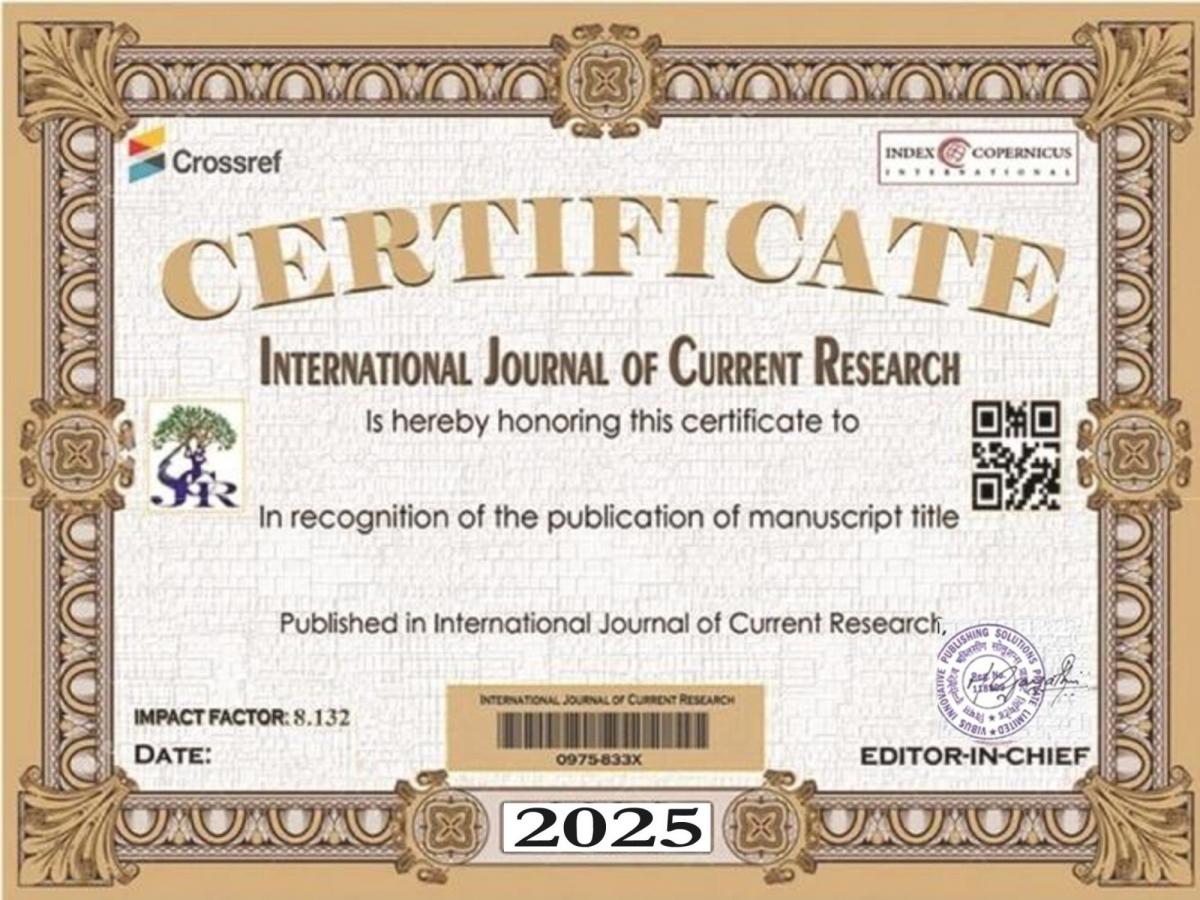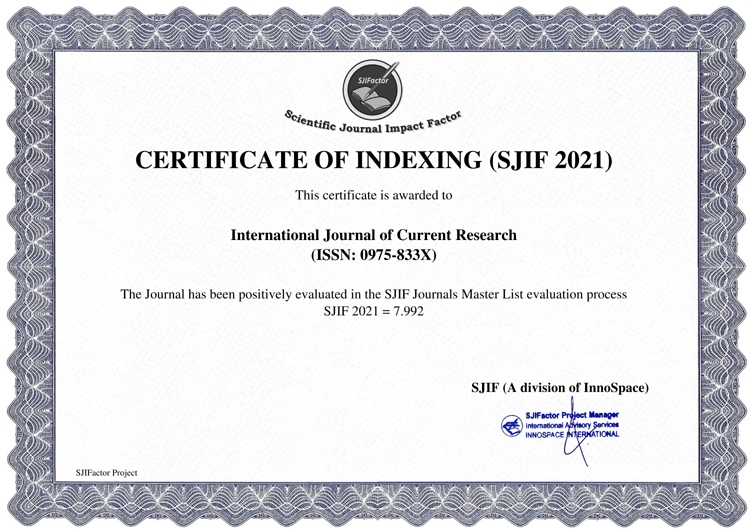Introduction: Presence of different potent genotoxic substance in the aquatic environment has led to the development and adaptations of modern and reliable techniques for quick monitoring. Random Amplified Polymorphic DNA (RAPD-PCR) is a remarkable technology that has immense application in clinical medicine, forensic science, pathogen detection, genotoxicants detection etc. Aim and Objectives: To assess the genotoxic effect of triazophos using RAPD. To assess the apoptosis induced by the triazophos using DNA ladder method. Recovery of triazophos exposed Anabas test udineus using fresh medium. Materials and Methods: Test species - Fresh water fingerlings of Anabas testudineus of length 16cm±1cm and weight 72±1g were procured from the fish farm at kolathur, Tamilnadu, Chennai, South India. The collected fishes were acclimated to laboratory conditions in dechlorinated tap water for 15 days. The fish specimens were fed with commercial fish a feed during acclimation. The physiochemical characteristics of the water used throughout the experiments. Results: In the present study the RAPD was performed on gill tissues Anabas testudineus from control and fishes exposed to triazophos for 3 days and followed by 3, 6 days of exposed to fresh medium confirmed remarkable recovery on remutial. Three different 10 primers were used to study the genotoxic effect of the pesticide. The triazophos exposure shows variation and polymorphism in band patterns from that of the control samples. Minimum variation in polymorphism was observed in primer 3, gill samples. Maximum variation in DNA band polymorphism was observed in primer 1 gill sample. DNA band intensity variation was also observed in the treated fish compared to control samples. Discussion: In the present study the RAPD analysis on the fish exposed to triazophos for 3 days of followed by 3, 6 days of recovery in water. Three different 10 primers were used to study the genotoxic effect of the pesticide. The triazophos exposure shows variation and polymorphism in band patterns from that of the control samples. Minimum variation in polymorphism was observed in primer 3, gill samples. Maximum variation in DNA band polymorphism was observed in primer 1 gill sample. Summary and Conclusion: The pesticide triazophos is found to be more toxic to the fish Anabas testudineus. The acute toxicity studies in Anabas testudineusat 96 hrs of LC50 value for triazophosis was0.270 ppm. The histological investigations in Anabas testudineus exposed to Triazophos were found to be highly toxic and the histological alterations were increasing with increase in concentration and duration. The triazopohs exposure shows variation and polymorphism in band patterns from that of the control samples





